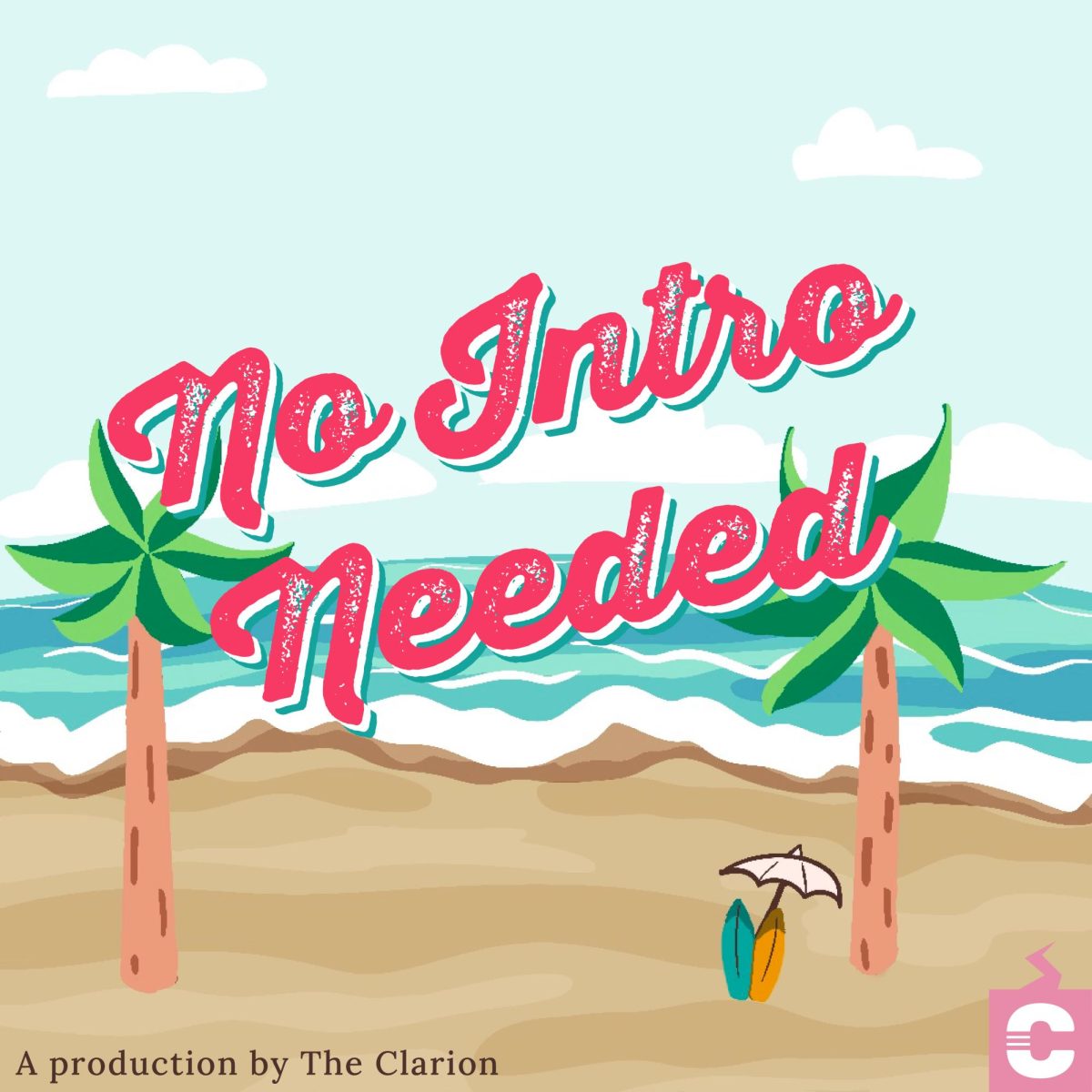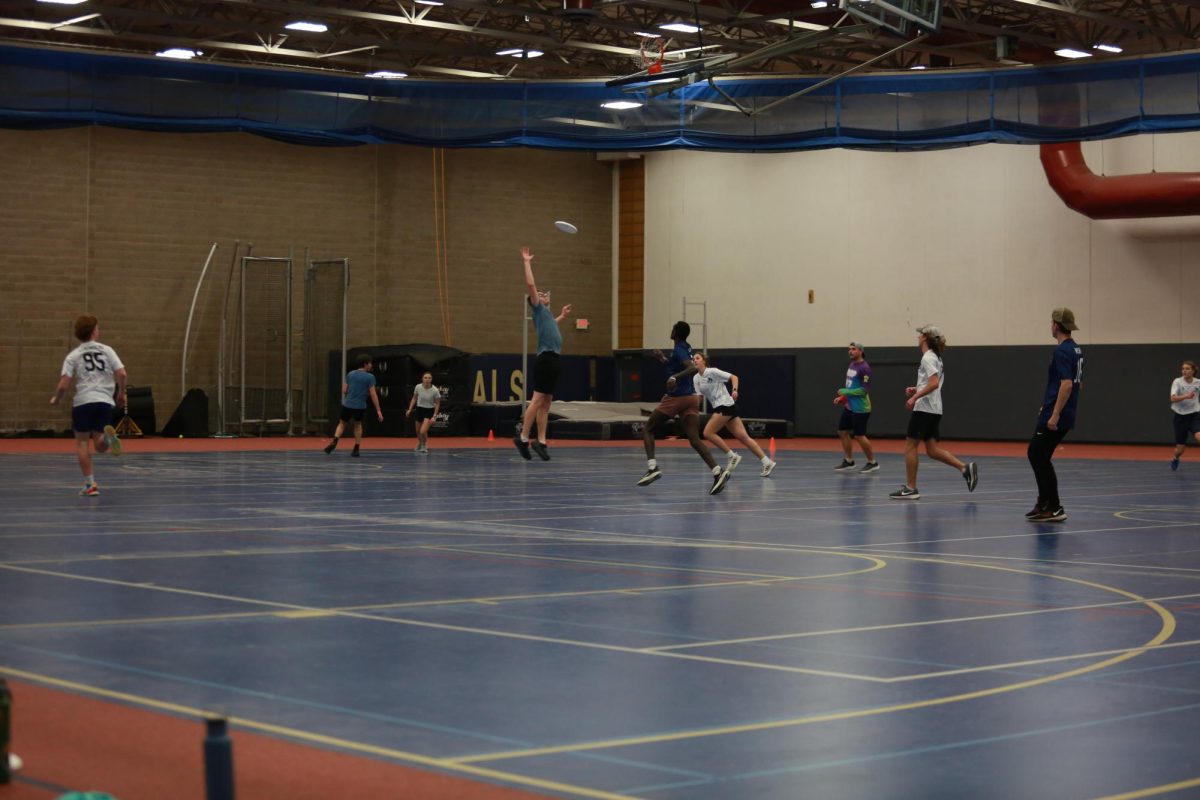
The Bethel community discusses the future of Kresge rock.
By Beret Leone | Features Editor
On the afternoon of Friday, Sept. 30, Leah Fulton is tired, the typical response for Bethel’s Associate Dean of Intercultural Student Programs during homecoming week. However, Fulton’s exhaustion doesn’t come from Cheer Night or the PowderPuff game.
No, her exhaustion is the result of an event she predicted the moment she found out students had painted Bethel’s “spirit” rock with an message in support of the Black Lives Matter movement. In fact, she emailed administration her suspicion of backlash.
Racial tension has been prevalent at Bethel for the past week. But for some, racial tension has been prevalent since they first stepped foot on campus.
“Do I think that there is racial tension? Absolutely,” Fulton said. “While Bethel is certainly making strides, it is not a place that was created for people of color. It is made for Swedish immigrants.”
Senior Will Kah stands in front of a growing group gathering around Kresge courtyard, leather bound Bible held above his head.
“Black lives were not the only lives that God created,” Kah says with an upward reach of his Bible. “But black lives were also created by God.”
The graffiti on the Kresge rock read messages such as “BLM=RACIST” and “Double Standard” earlier this week, in response to the previous painting of the rock showing support of both the BLM movement and incident at Northwestern the week prior. On Thurs., the rock was repainted with the words “Us for Us.” Campus Pastor Laurel Bunker and President Jay Barnes took part in repainting and praying over the rock alongside Kah and sophomore Taz Song’ony.
What happens next?

Since the “spirit” rock came to Bethel, it has continually been a form of positive expression amongst Bethel students, mostly sparking playful competition between dorms during homecoming week.
In Nov. of 2005, the rock was buried by five students. Their goal was to stop the painting war that had ensued since the end of homecoming that year.
For alumni and now Bethel faculty member Jenny Hudalla, the rock sparked controversy during the ‘Vote Yes/Vote No’ debate during her sophomore year. Someone had painted the gay pride flag on the rock with the words “Vote No.” Voting “Yes” to the bill in question would have defined marriage as a union strictly between a man and a woman in Minnesota.
Fulton suspects that in attempts to be respectful, the newest painting of the rock will stay for a period of time but will eventually return to its previous role of weekly paint expression. Some students suggest keeping the rock as a memorial while others think that there shouldn’t be a memorial on a rock that is continually changing, and like the idea of creating a separate memorial.
“I think if anything, I’m going to put that rock in the bed of a truck and just dump it off,” senior Robbie Stromme said. “I think it’s the rock that people hide behind.”
Fulton suggests that the next step for Bethel is thinking about concrete change and pairing rhetoric with action. Song’ony encourages students and staff to utilize the Cultural Connections Center’s resources and speakers. She urges anyone with questions to introduce themselves and start dialogue.
Bunker hopes that the rock will remain for positive and thoughtful free expression.
“I do hope that we remember all the layers that are underneath that paint,” Bunker said. “That we remember the stories underneath-whatever we put on top-that there are stories underneath.”

















